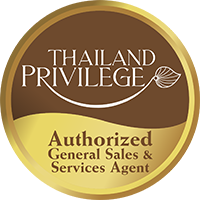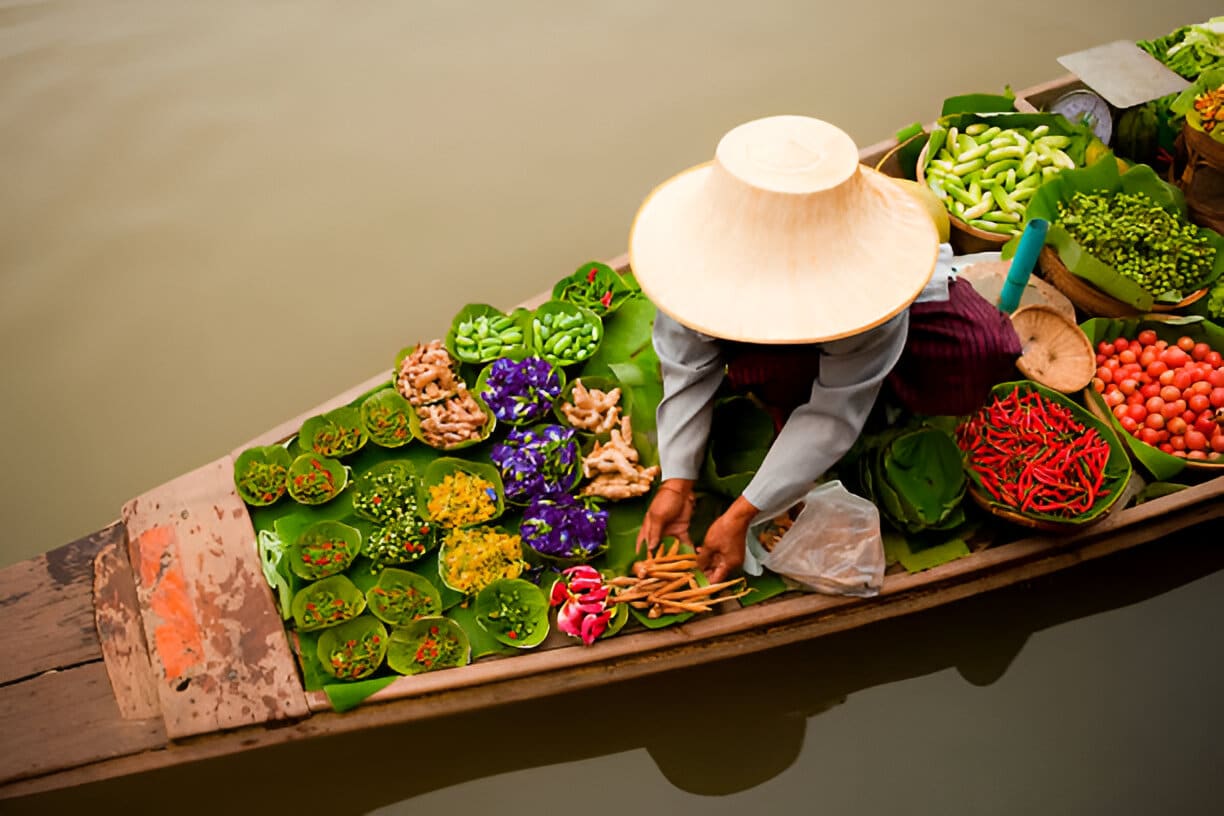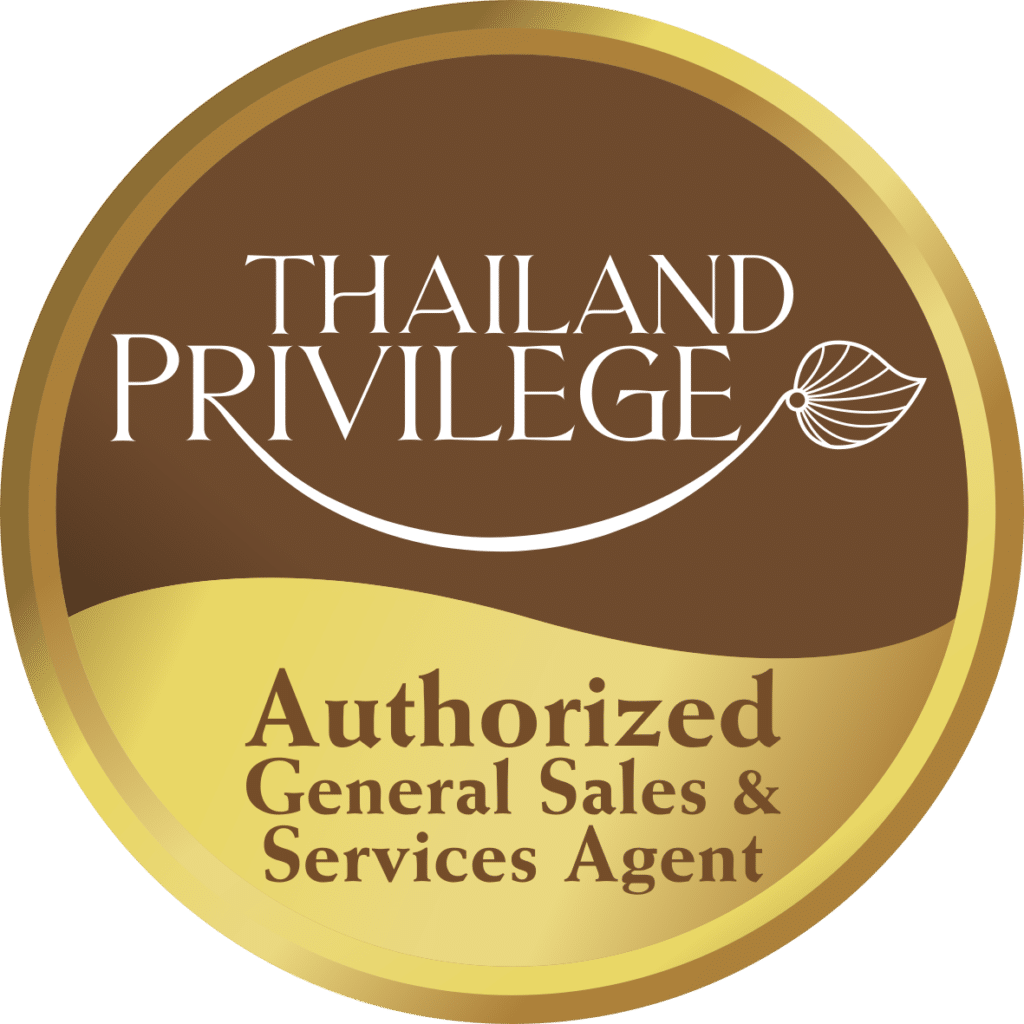A visit to a floating market in Bangkok is a quintessential Thai experience, offering a vibrant glimpse into a bygone era of commerce. These bustling waterways, filled with vendors in longtail boats selling everything from sizzling street food to handmade crafts, are a feast for the senses. While some markets are world-famous tourist hubs and others are hidden local gems, each offers a unique adventure. Dive into our guide to discover the 11 best floating markets in and around Bangkok for an unforgettable day trip.
The Enduring Charm of a Bangkok Floating Market
Historically, Thailand’s extensive network of canals (khlongs) served as the primary highways for transport and trade. Floating markets were the community hubs where people gathered to buy fresh produce, eat, and socialize. Today, they are a bridge between the past and present, offering both locals and tourists a chance to experience this unique cultural heritage. A Bangkok canal trip to one of these markets is a journey back in time.
What to Expect on Your Floating Market Tour
Your adventure will likely involve navigating crowded canals, haggling for souvenirs, and, most importantly, eating. You’ll find vendors cooking delicious meals right on their boats, from succulent grilled seafood to the famous “boat noodles.” Be prepared for a lively, colourful, and sometimes chaotic atmosphere that is utterly captivating.
The Most Famous Floating Markets (Worth the Trip)
These markets are the largest and most well-known. While they can be crowded, their scale and energy are an incredible sight to behold.
Damnoen Saduak Floating Market: The Iconic Postcard Scene
When you picture a floating market in Bangkok, you’re likely thinking of Damnoen Saduak. Located in Ratchaburi province, about 100 km from the city, this is the largest and most famous floating market. It’s a bustling, colourful spectacle best experienced early in the morning.
- Best For: Photography, classic floating market experience.
- What to Buy: Souvenirs, tropical fruits, coconut ice cream.
- Insider Tip: Go as early as possible (around 7 AM) to beat the major crowds and the midday heat.
Amphawa Floating Market: The Evening Gem
Unlike most markets, Amphawa comes alive in the afternoon and evening, particularly on weekends. Situated on a charming canal, it’s famous for its incredible seafood, which vendors grill fresh on their wooden boats. As night falls, consider taking a longtail boat tour to see the magical fireflies along the riverbanks.
- Best For: Seafood lovers, an evening experience, seeing fireflies.
- What to Buy: Grilled squid and prawns, local snacks, handmade goods.
- Insider Tip: Stay until after sunset for the firefly tour, a truly enchanting experience.
Authentic Local Floating Markets Near Bangkok
For those seeking a more authentic, less tourist-focused experience, these markets are beloved by Bangkok locals and are much closer to the city centre.
Taling Chan Floating Market: An Easy Trip from Central Bangkok
Just a few kilometres from downtown Bangkok, Taling Chan offers a wonderfully authentic atmosphere without the long journey. While smaller, it has a genuine local feel, a great selection of food, and traditional Thai music performances. You can also enjoy a relaxing foot massage right by the water.
- Best For: A quick and easy trip, authentic local vibe, live music.
- What to Eat: “Pla Pao” (salt-crusted grilled fish), boat noodles.
- Insider Tip: Combine a visit here with the nearby Khlong Lat Mayom for a full day of market exploration.
Khlong Lat Mayom Floating Market: A Food Lover’s Paradise
Often cited as one of the best floating markets for foodies, Khlong Lat Mayom is less about boats selling goods and more about a massive land-based market set along the canal. The sheer variety of delicious and affordable Thai street food is staggering. It’s a true local market where you can spend hours grazing.
- Best For: Unbeatable food selection, authentic local prices.
- What to Eat: Go with an empty stomach and try everything! Hoi Tod (oyster omelette) and Goong Ob Woonsen (prawns with glass noodles) are must-tries.
- Insider Tip: While there aren’t many floating vendors, you can still hire a longtail boat for a cheap and enjoyable canal trip.
Bang Nam Pheung Floating Market: The “Green Lung” Escape
Located in Phra Pradaeng, often called Bangkok’s “Green Lung,” Bang Nam Pheung is a delightful weekend market. It’s more of a riverside market than a true floating market, but its lush, green setting and focus on organic produce and eco-friendly products make it unique.
- Best For: Eco-conscious travellers, cycling, a relaxing atmosphere.
- What to Buy: Organic produce, herbal products, unique local foods.
- Insider Tip: Rent a bicycle and explore the surrounding green space and jungle-like pathways before or after visiting the market.
More Must-Visit Bangkok Floating Markets
- Wat Sai Floating Market: One of the oldest in the area, offering a very traditional and quiet experience.
- Tha Kha Floating Market: A serene and charming market in Samut Songkhram, surrounded by coconut plantations.
- Kwan Riam Floating Market: A modern market set between two temples, known for its unique alms-giving ceremony on weekends.
- Don Wai Market: A century-old market famous for its delicious braised duck and other ready-to-eat delicacies.
- Lam Phaya Floating Market: Located next to a temple, this market offers a glimpse into the traditional riverside lifestyle of locals.
Frequently Asked Questions
The best time to visit most floating markets is on the weekend (Saturday and Sunday). Many of the most popular markets, like Amphawa, Taling Chan, and Khlong Lat Mayom, are only open on weekends. For daily markets like Damnoen Saduak, visiting on a weekday can help you avoid the largest crowds, but the atmosphere is most vibrant on weekends. Always check the specific opening days and hours before you plan your trip.
Getting to the markets depends on their location. For nearby markets like Taling Chan and Khlong Lat Mayom, taking a taxi or a ride-sharing service is the easiest option. For markets further afield, such as Damnoen Saduak and Amphawa (which are 1.5-2 hours away), you have several choices. You can book an all-inclusive tour, hire a private driver for the day, or take a public minivan from one of Bangkok’s bus terminals, which is the most budget-friendly option.
Wear light, comfortable, and breathable clothing suitable for hot and humid weather. Loose-fitting tops, shorts, or light trousers are ideal. Comfortable walking shoes are a must, as you will likely do a lot of walking around the land-based sections of the markets. Also, don’t forget sun protection, including a hat, sunglasses, and sunscreen, as many market areas are open-air.
This depends on your travel style. Taking a tour is convenient and hassle-free, as it includes transportation and often a guide who can provide insights. This is a great option for first-time visitors or those short on time. Going independently offers more flexibility, allowing you to explore at your own pace and potentially have a more authentic local experience. It can also be more economical, especially if you are comfortable using local public transport.
For the most part, yes. You should plan to bring enough Thai Baht in cash to cover your expenses for food, shopping, and boat rides. While some larger vendors in the more tourist-focused markets might accept credit cards, the vast majority of sellers, especially the food vendors on boats and smaller stalls, operate on a cash-only basis. It’s best to have small bills to make transactions easier.
If you want to visit these places regularly, apply thailand privilege visa on thailandelite.net. CLICK HERE.
References
- Tourism Authority of Thailand (TAT) Newsroom: https://www.tatnews.org/
- Damnoen Saduak Floating Market Information: https://www.tourismthailand.org/Attraction/damnoen-saduak-floating-market
- Amphawa Floating Market Information: https://www.tourismthailand.org/Attraction/amphawa-floating-market


